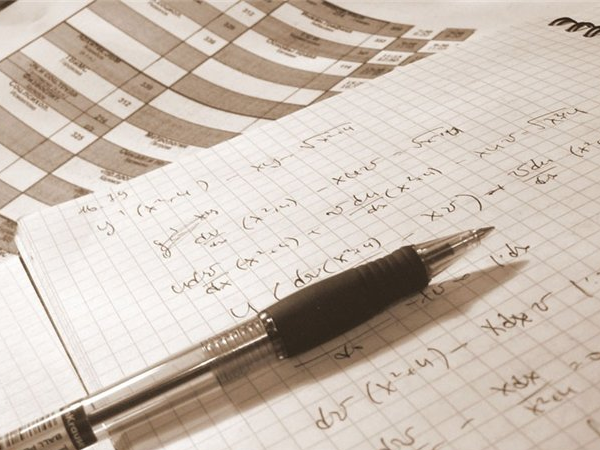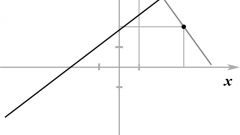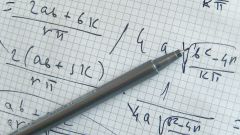Instruction
1
Differential calculus explores the properties of functions. Conversely, the integration of functions allows for these properties, i.e. derivatives or differentials of functions to find herself. This is the solution of the differential equation.
2
Every equation is a relation between the unknown variable and known data. In the case of differential equations plays the role of the unknown function, and the role is known to value its derivatives. In addition, the ratio can contain the independent variable:F(x, y(x), y’(x), y’(x),..., y^n(x)) = 0, where x is an unknown variable, y(x) is the function you want to define the order of an equation is the maximum order of derivative (n).
3
This equation is called an ordinary differential equation. If the correlation of multiple independent variables and partial derivatives (differentials) of functions in these variables, the equation is called a differential equation with partial derivatives and has the form:x∂z/∂y - ∂z/∂x = 0, where z(x, y) is the desired function.
4
So, to learn how to solve differential equations, you should be able to find the integral, i.e., to solve the problem opposite of differentiation. Example:Solve the equation of first order y’ = -y/x.
5
Will resentement y’ for dy/dx: dy/dx = -y/x.
6
Give the equation to the form convenient for integration. To do this, multiply both sides by dx and divide by y:dy/y = -dx/x.
7
Integrate:∫dy/y = - ∫dx/x + Сln |y| = - ln |x| + C.
8
Imagine a constant of the natural logarithm, C = ln |C|, then:ln|xy| = ln|C|, where xy = C.
9
This solution is called the General solution of the differential equation. C is a constant, a set of values which defines the set of solutions of the equation. At any particular value of the decision would be the one. This solution is a particular solution of the differential equation.









